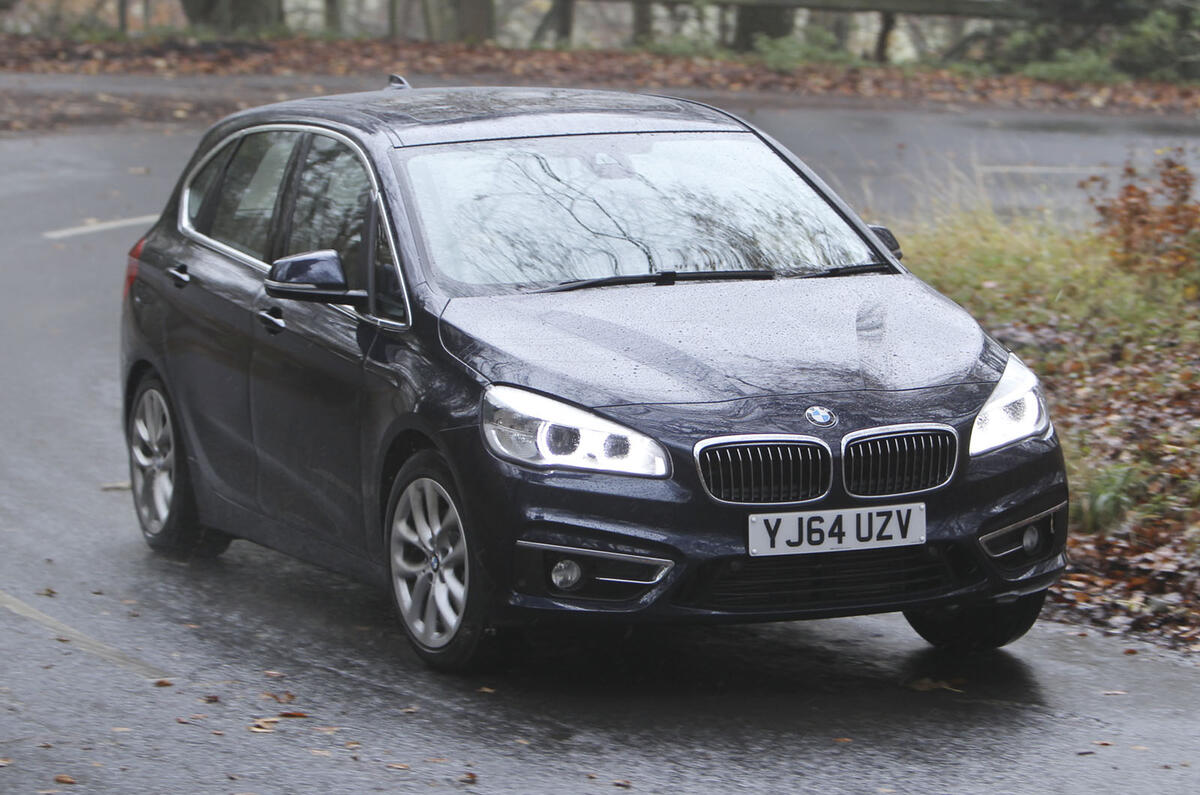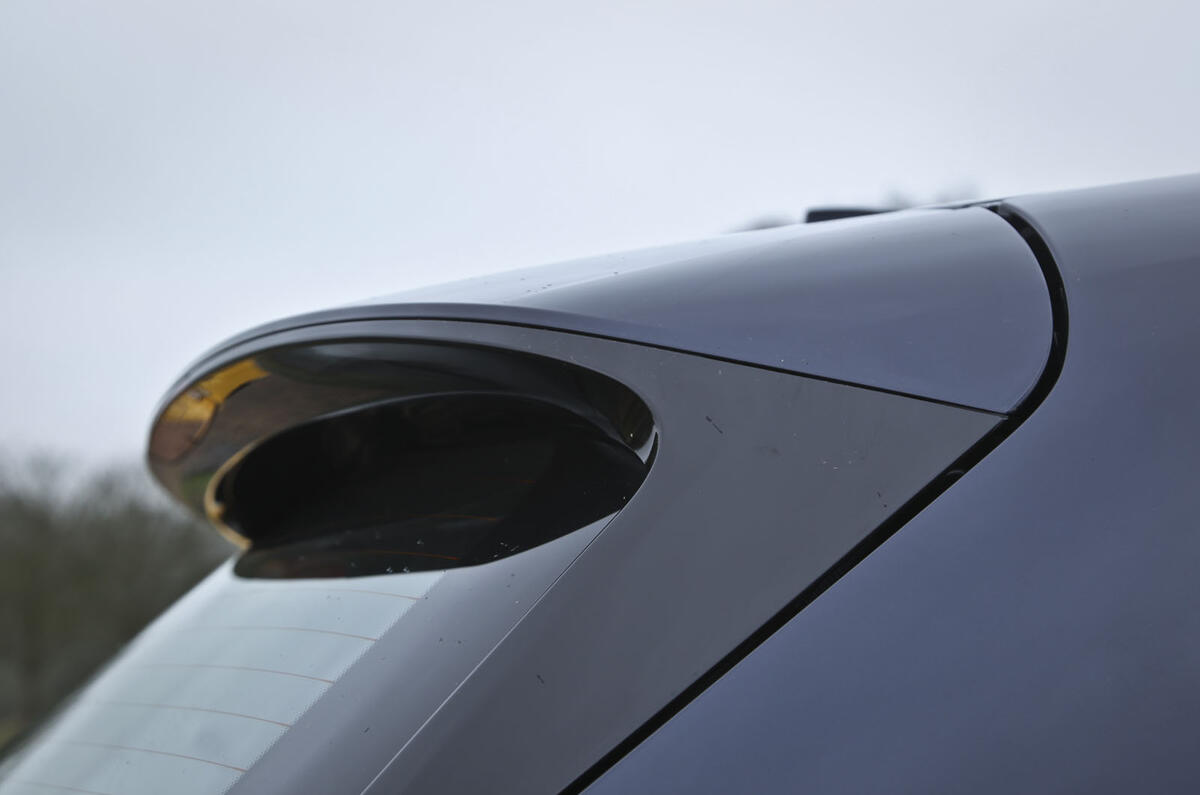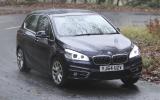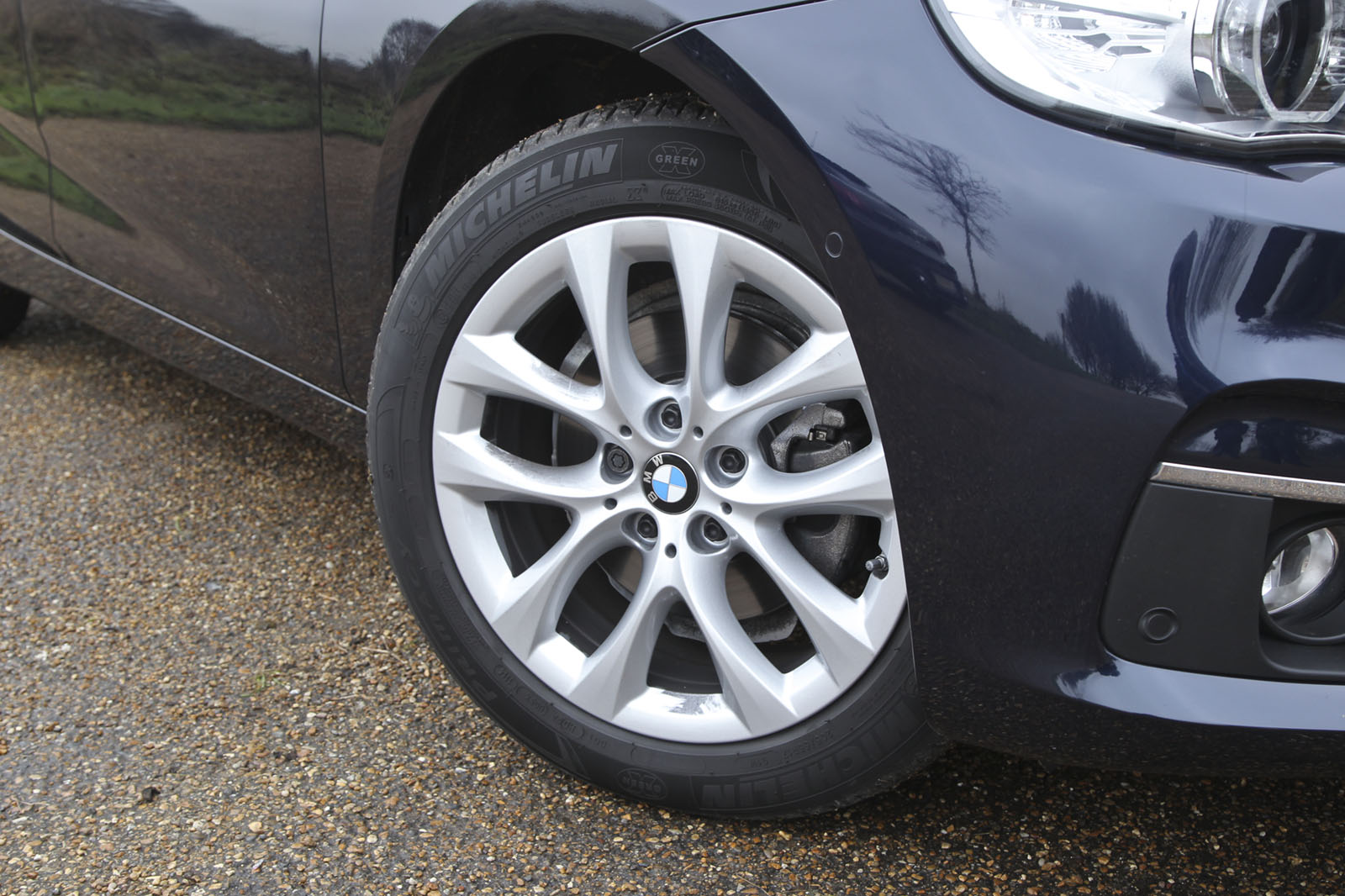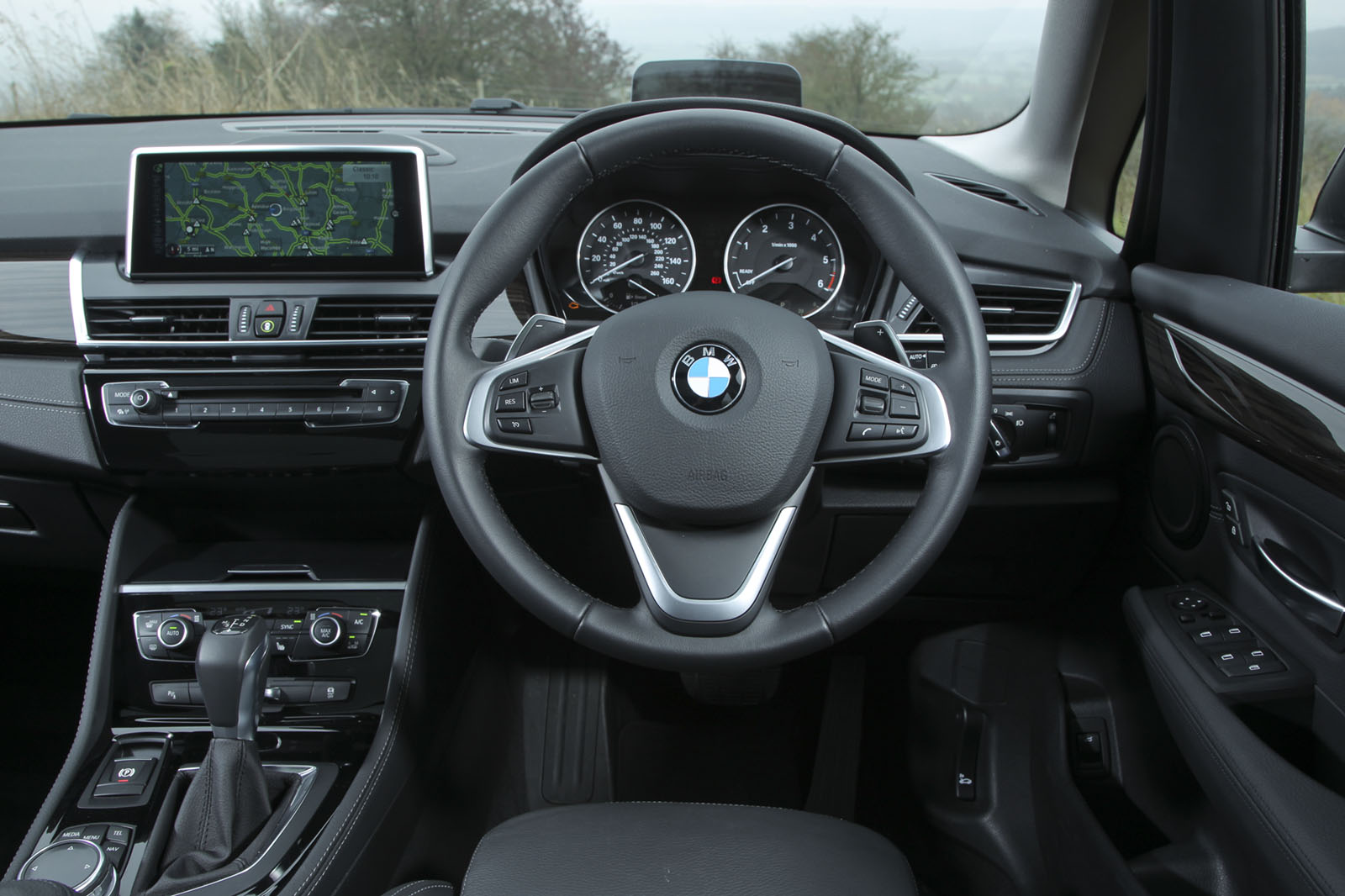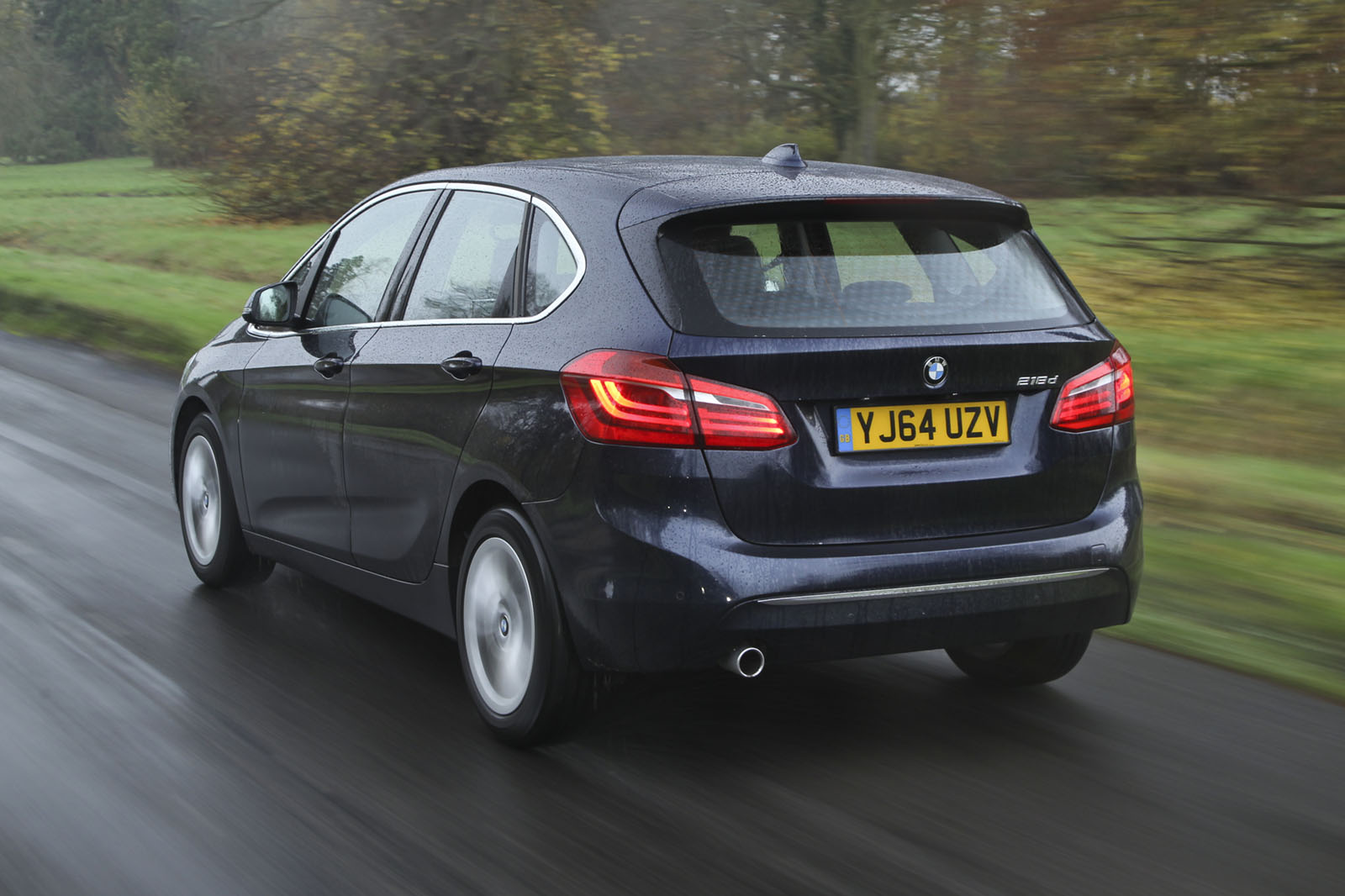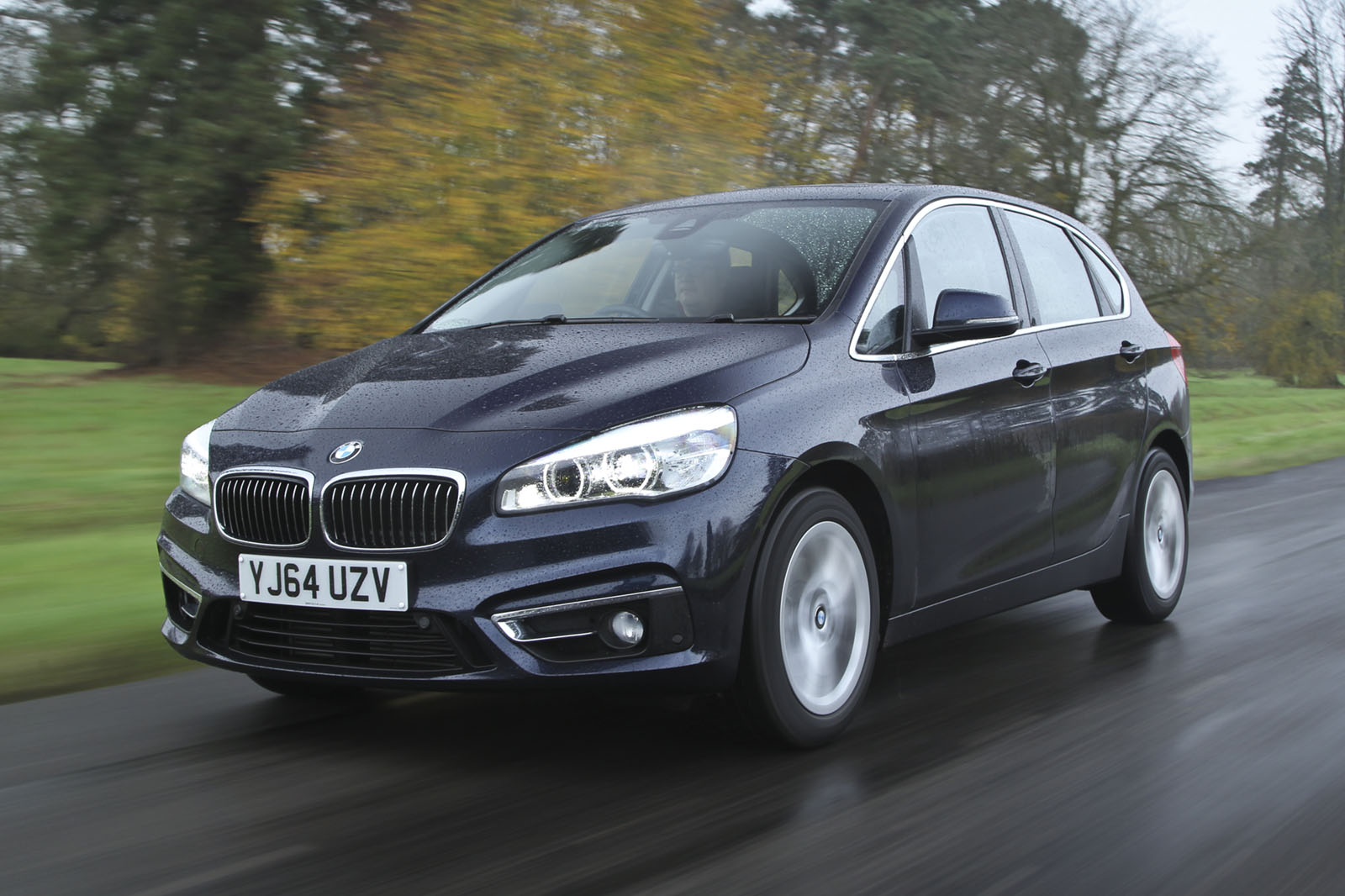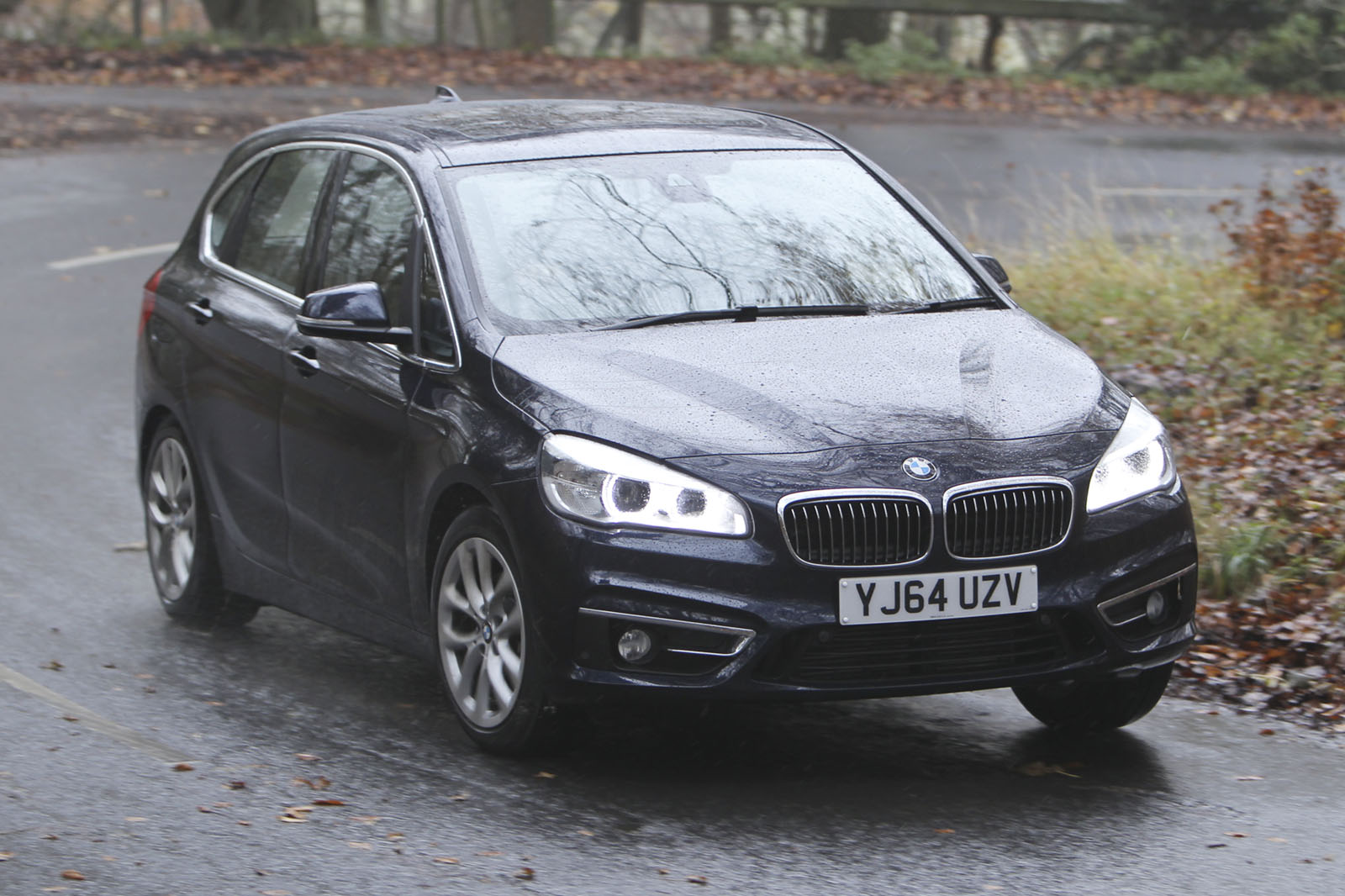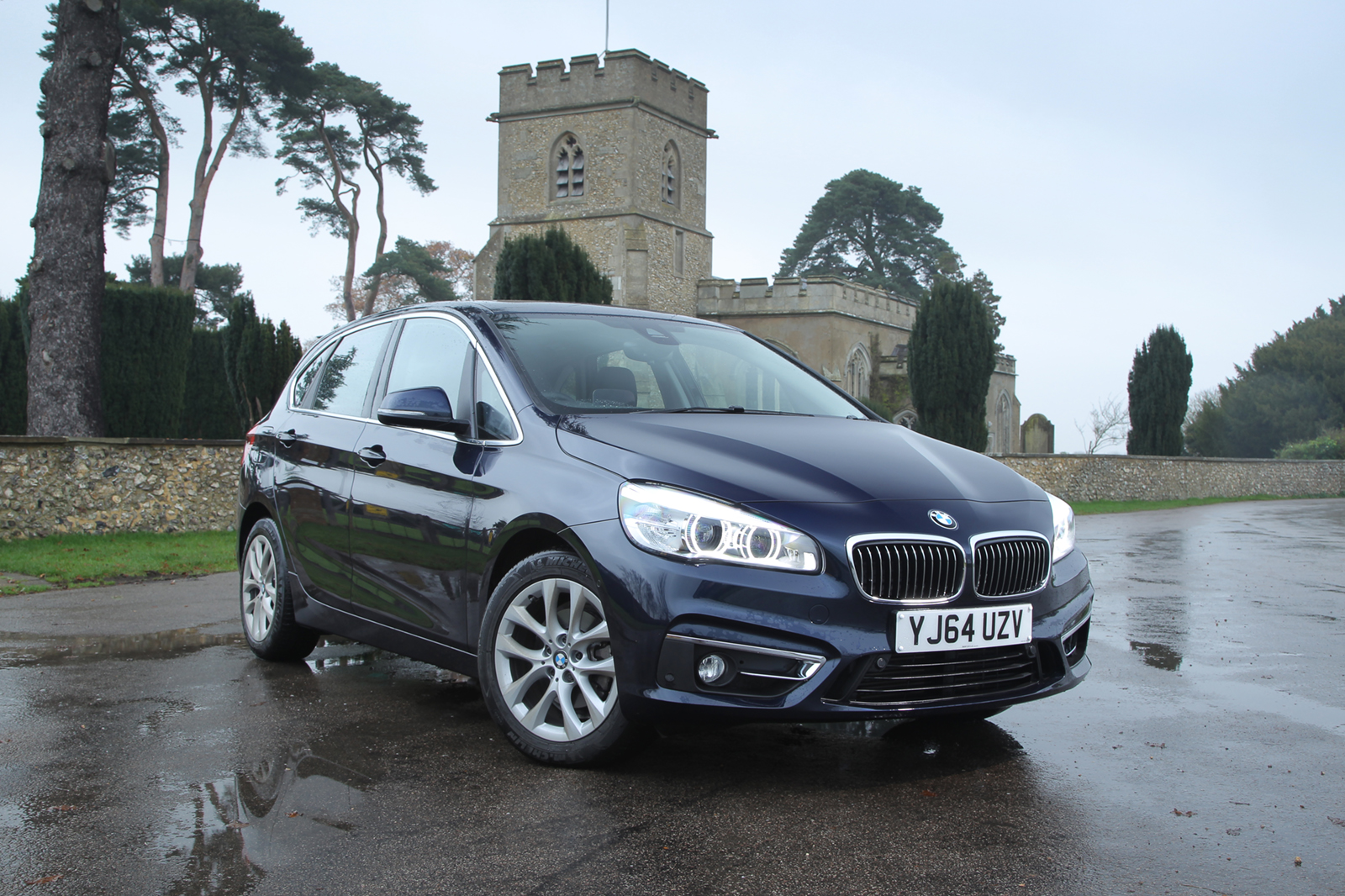There's a range of powertrain options for the 2 Series Active Tourer, encompassing three- and four-cylinder turbocharged engines, manual and automatic gearboxes and even the option of four-wheel drive.
Diesels range from the three-cylinder 1.5-litre model – badged 216d – to the four-cylinder 2.0-litre 220d, while the petrol range extends from the three-cylinder 1.5-litre 218i to the flagship four-cylinder 2.0-litre 225i xDrive.
Most come with a six-speed manual as standard, while eight-speed automatic and sport automatic options are available for an additional cost – the exceptions being the 216d, which is only available with a six-speed manual, and the eight-speed automatic is the sole choice for the 225i xDrive.
As you might expect from a modern turbocharged petrol engine, it's a refined unit that delivers a good blend of performance, flexibility and economy. It's rarely evident that it's only got three cylinders, too. The four-cylinder petrols are certainly spritely and gutsy compared to the 1.5-litre triple, while the 225xe iPerformance hybrid utilises the same 1.5-litre petrol engine as the 218i but is paired to an electric motor capable of covering 25 miles on its own.
The entry-level diesel, the 216d, isn't quite as competent as the equivalent petrol. It's quiet and smooth, but it lacks keen responses and there's a lot of lag under 1800rpm. This, combined with tall gearing, means the 216d can be quite hesitant and sluggish at lower speeds. You'll have to keep changing gears to keep it from labouring.
It's the 218d that, on the diesel front, seems like the better bet. It doesn't command a huge premium over the 216d but the four-cylinder engine delivers an experience that's much more likely to tally with your expectations.
Weighing 75kg more than the B200 CDI we figured in 2012, the 218d Active Tourer has the measure of its immediate rival in every way that matters. It isn’t the perfect comparison, because the Mercedes had a six-speed manual and the BMW an eight-speed auto.
In the light of that, you’d expect the 2 Series to be the faster-accelerating of the two, and so it proves. But it was also five per cent more fuel efficient than the Mercedes-Benz B-Class and far more refined.
An output of 148bhp may not seem a great deal of power by BMW standards, but it’s generous in an MPV class where 130bhp to 140bhp is about average – and it’s used super-efficiently by an excellent eight-speed transmission.
The gearbox seldom seems to hesitate either to shift up or lock up, and both are desirable traits when it’s working in tandem with a torquey diesel engine. Pace is easily picked up without the need to rev the engine much, and good fuel economy is equally easily returned.
When the need arises to overtake, the gearbox has an uncanny knack of selecting the right gear and grabbing another one just before that 2.0-litre four-pot begins to get breathless or coarse. But the fact is that the engine never really gets coarse at all. At times, it’s fully 4dB quieter than the B200, according to our noise meter.
We’d criticise the transmission on only one point: at times, its bias for full engagement creates slightly snatchy low-speed accelerator pedal response. But we’ll gladly accept that as the only quirk of an otherwise excellent engine and gearbox.
Expect similar behaviour from the 220d, one of the other derivatives offered with BMW's 'xDrive' four-wheel-drive system, albeit with a notable hike in performance. It's capable of dispatching the 0-62mph sprint in 7.6sec, compared to the 8.9sec of the 218d, for example.


